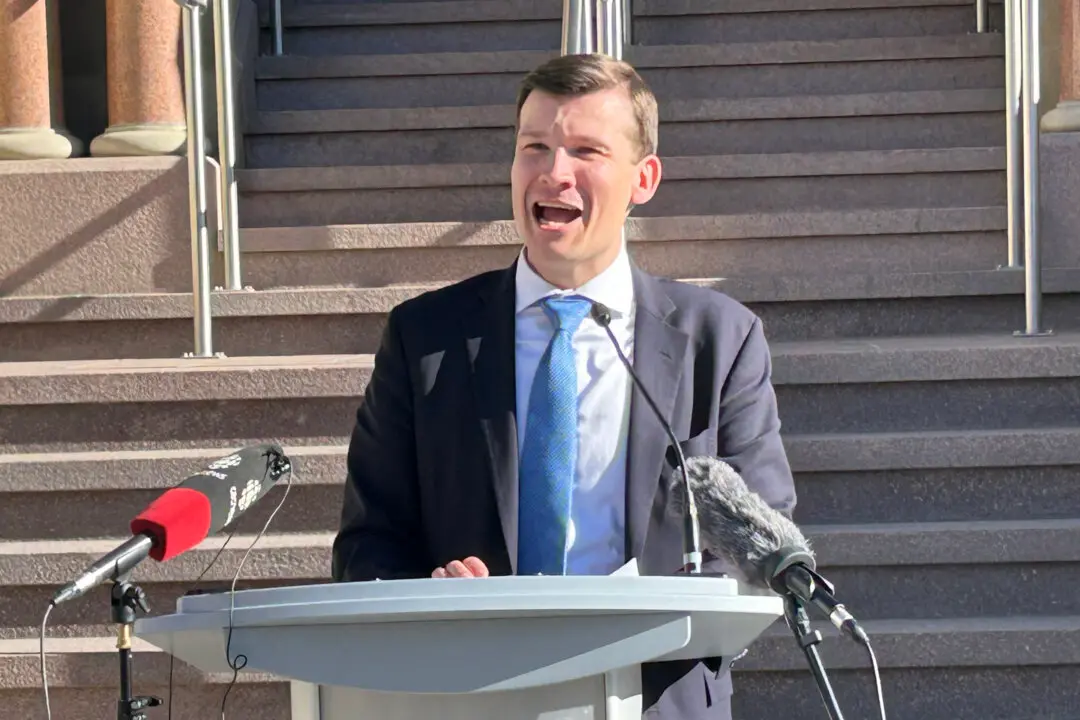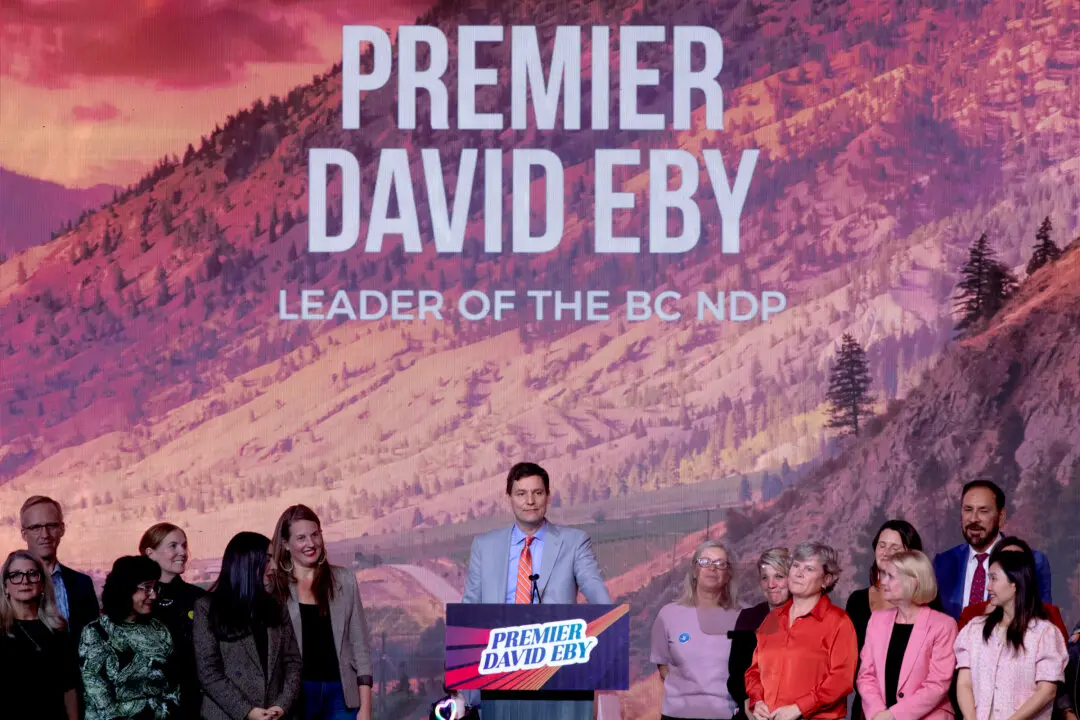Pay for executives working in the federal government increased over half a billion dollars in less than 10 years, according to the Canadian Taxpayers Federation (CTF).
Compensation for executives across federal departments and agencies increased from $1.38 billion in 2015 to $1.95 billion in 2022, an increase of 41 percent, according to a CTF federal commentary published Jan. 17, citing data obtained from access-to-information records.





